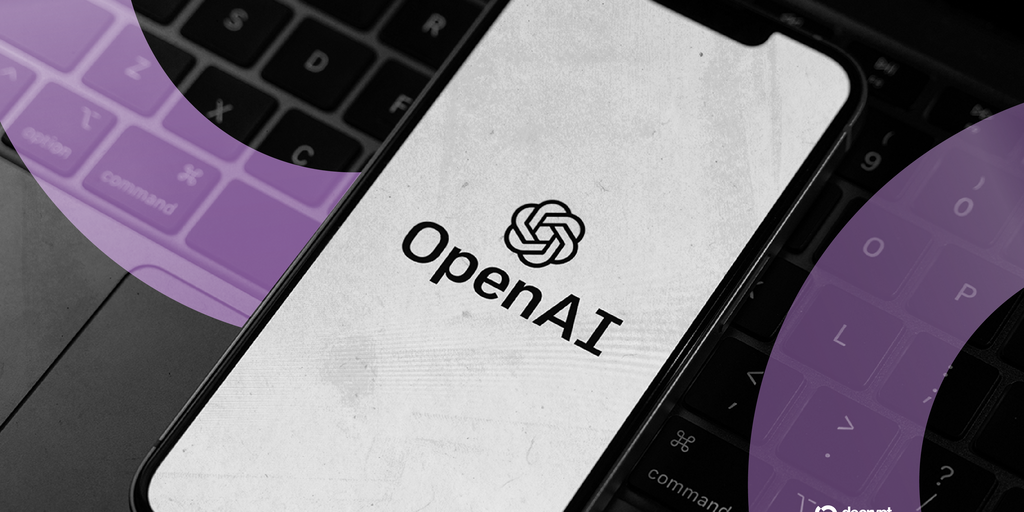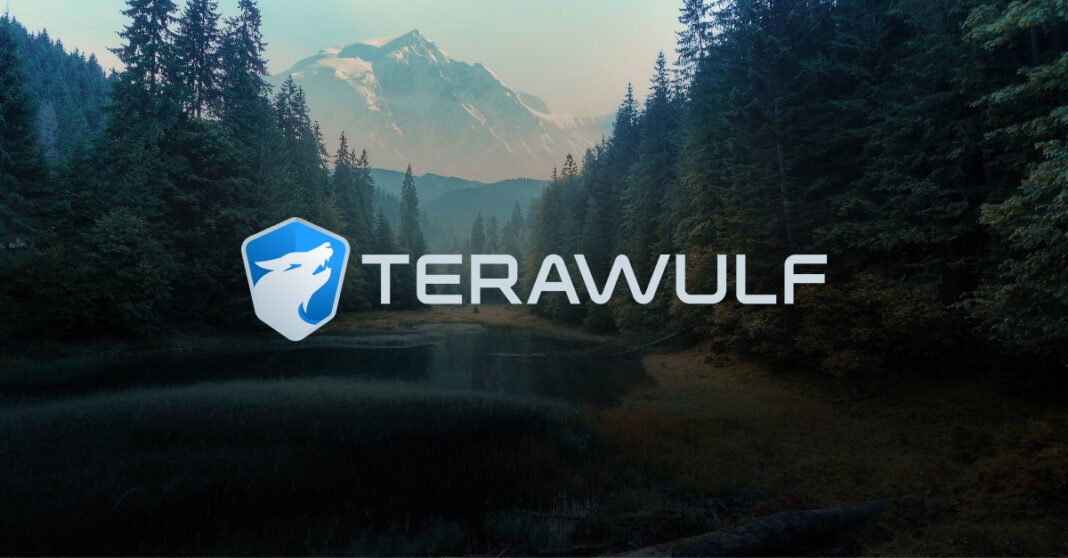Microsoft and OpenAI: A New Chapter
The Deal: Key Changes and Implications
The core of the restructured agreement sees Microsoft’s stake in OpenAI valued at a staggering $135 billion, representing roughly 27% of OpenAI’s newly formed public-benefit company (PBC), OpenAI Group PBC. Critically, this valuation arrives amidst increasing antitrust scrutiny, with Microsoft facing a lawsuit alleging the tech giant abused its Azure cloud dominance to inflate prices for ChatGPT access – a charge that strikes at the heart of fair market principles.
Perhaps the most significant shift is the loosening of Microsoft’s grip on OpenAI’s operations. While Microsoft retains its position as OpenAI’s “frontier model partner” until 2032 and will continue to collect revenue share until the independent panel certifies the arrival of Artificial General Intelligence (AGI). The agreement no longer compels OpenAI to use Azure exclusively. In the current landscape, where compute power is the ultimate bottleneck, this grants OpenAI greater autonomy to source computational resources, a move welcomed by the community.
- Microsoft’s Investment: Microsoft’s $135 billion stake values around 27% of OpenAI Group PBC.
- Frontier Model Partnership: Microsoft remains the ‘frontier model partner’ until 2032.
- Revenue Share: OpenAI continues to channel around 20% of revenue to Microsoft until the AGI benchmark is certified.
- Exclusive Licenses: Microsoft retains exclusive IP licenses to OpenAI’s models and products through 2032, including post-AGI systems.
Autonomy and New Frontiers for OpenAI
Under the new agreement, OpenAI gains the freedom to collaborate with third-party developers on joint products, a previously restricted avenue. It can now deploy open-weight models, provided they meet specific safety thresholds – a crucial consideration given the ethical concerns surrounding AI’s societal impact. Furthermore, OpenAI can now independently pursue AGI research capabilities, unshackled from Microsoft’s previous exclusivity provisions. OpenAI can also work with U.S. national security agencies using any cloud infrastructure.
This newfound independence has prompted speculation about OpenAI’s potential foray into decentralised AI. A recent partnership between SingularityNet and OpenAI, utilising Cardano’s blockchain to create a more transparent and secure AI infrastructure, showcases one such approach. This collaboration could herald a wave of similar initiatives, challenging the centralised control that has characterised the AI sector.
- Third-Party Collaboration: OpenAI can now collaborate with third-party developers on joint products. API products developed with third parties will be exclusive to Azure, while non-API products may be served on any cloud provider.
- Open-Weight Models: Deployment of open-weight models is now possible, subject to safety thresholds.
- AGI Research: OpenAI can independently pursue its AGI research capabilities.
The Regulatory Tightrope: Antitrust and Ethical Concerns
The timing of this restructured partnership is hardly coincidental. Microsoft is currently embroiled in an antitrust suit alleging the company leveraged its Azure dominance to artificially inflate ChatGPT prices. This legal challenge underscores the growing regulatory scrutiny surrounding the concentration of power within the AI industry. The suit alleges that Microsoft weaponized its 2019 Azure exclusivity arrangement to throttle computational capacity for ChatGPT, artificially maintaining subscription rates at “100 to 200 times” competitors’ levels during February’s AI pricing conflict.
Beyond antitrust concerns, ethical considerations loom large. Recent disclosures from OpenAI revealed that a significant proportion of its user base, around 0.15% of weekly active users, exhibited explicit indicators of suicidal planning or intent. This sobering statistic highlights the urgent need for responsible AI development and deployment, particularly in areas that touch upon mental health and well-being.
Read Also: TeraWulf’s Strategic Pivot: From Bitcoin Mining to a $9.5 Billion AI Powerhouse
The Crypto Angle: Decentralisation as a Solution?
For the crypto community, these developments reinforce the importance of decentralised AI initiatives. The concentration of power in the hands of a few large tech companies raises concerns about bias, censorship, and the potential for misuse. Decentralised AI, powered by blockchain technology, offers a compelling alternative, promising greater transparency, accountability, and user control. Projects such as Fetch.ai, Ocean Protocol, and SingularityNET, are all actively working to build a decentralised AI ecosystem that empowers individuals and promotes a more equitable distribution of AI’s benefits.
However, the path to decentralised AI is not without its challenges. Scalability, data privacy, and the need for robust governance mechanisms remain significant hurdles. Furthermore, the computational demands of AI development pose a potential barrier, as decentralised infrastructure may struggle to compete with the sheer scale of resources available to established tech giants like Microsoft and Google. This is where innovations in distributed computing and federated learning, coupled with crypto-economic incentives, become crucial.
The restructured partnership between Microsoft and OpenAI represents a pivotal moment in the evolution of AI. While it opens new opportunities for both companies, it also underscores the growing regulatory and ethical challenges facing the industry. For the crypto community, this is a call to action: to accelerate the development of decentralised AI solutions that can ensure a more equitable, transparent, and user-centric future for artificial intelligence.






